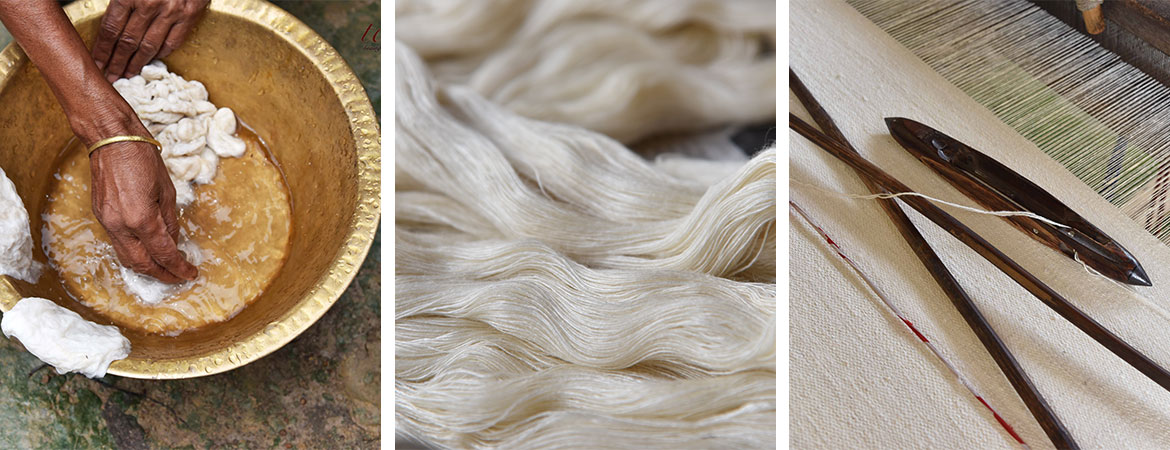Slow fashion is about designing, producing, consuming and living better. Slow fashion is not time-based but quality-based (which has some time components). Slow is not the opposite of fast – there is no dualism – but a different approach in which designers, buyers, retailers and consumers are more aware of the impacts of products on workers, communities and ecosystems…Slow fashion is about choice, information, cultural diversity and identity. Yet, critically, it is also about balance. It requires a combination of rapid imaginative change and symbolic (fashion) expression as well as durability and long-term engaging, quality products. Kate Fletcher (widely credited with coining the term “slow fashion” in 2007).
In a world where everything is fast, owning a Taatini means you care and that you make mindful choices. It shows you are concerned about the implications of conspicuous consumption on the planet, people and animals.
A Taatini is crafted to last and remain wearable for many years. It is woven in the same manner using the traditional handloom practices of our grandmothers’ time. Wearing a Taatini shows that you have considered the processes and resources required to make clothing, particularly focusing on sustainability and it’s impact on a region and its people.
A Taatini takes its example for what used to happen before the Industrial Revolution. The weavers and makers of the clothes would take time to make them, making sure every stitch is precise and durable. Clothing reflected the place and culture of the people wearing them. A Taatini is crafted by weavers with unique skills all over the country on traditional, hand-operated looms. They are woven from specially chosen silk yarn that is bred to be longer-lasting. and they take ranging from 7 to 30 days – to weave. Both the weavers and the farmers are partners in the process of creating, learning and growing.
A Taatini is committed to paying fair wages, and providing a reliable and higher income to the artisans, well above what they normally receive, (in 2018 the living wages in India was set at ₹10,300 p/m, source- Trading Economics).
A Taatini reflects an emphasis on the art of clothes making and celebrates the skills of the craftspeople who make them. It reflects the place and culture of various regions of India. A Taatini aims to revive and sustain indigenous technologies, motifs of the weaving clusters they work in and hopes to help preserve their unique identities.
So like all Slow Fashion brands, a Taatini is made from high quality, sustainable material; it is locally produced and a Taatini is generally one of a kind from a single weaver.
Finally, it will always have a few, specific styles per collection and will only be released twice or a maximum of three times per year.


